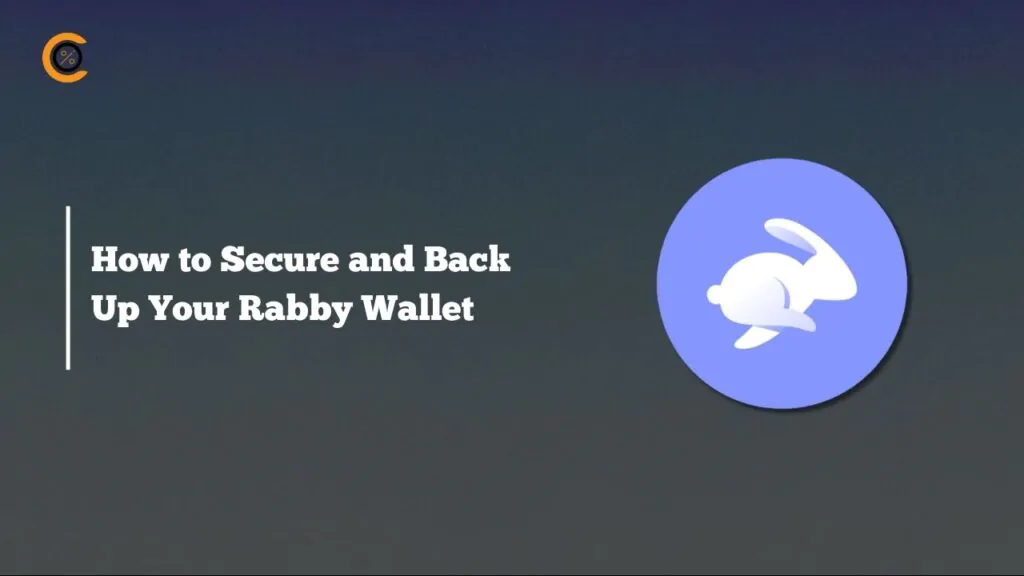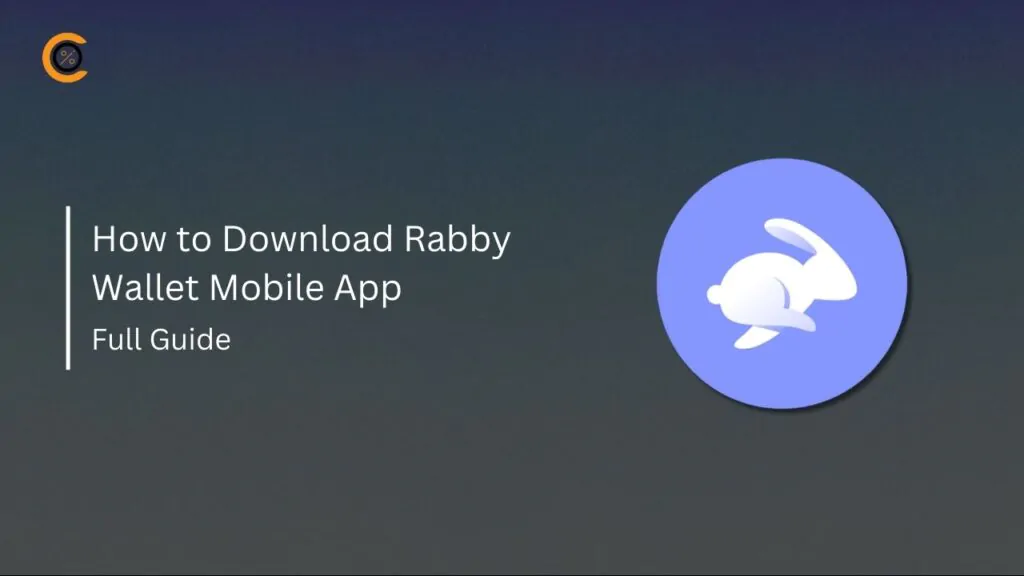Ethereum has struggled with high transaction fees for a long time. Layer 2 networks help by using Ethereum’s security while making transactions faster and cheaper. This makes it easier for both users and developers to interact with apps. Mode is one of these Layer 2 solutions. It’s built using the OP Stack and works as an Optimistic Rollup, helping reduce fees while staying connected to Ethereum.
In this guide, you’ll learn how to bridge to Mode Network using three different cross-chain platforms. Each option lets you move your assets to Mode safely and without confusion.
Can I Bridge to Mode Network?
Yes, you can bridge to the Mode Network, all you need are the right tools and a clear direction. When we talk about bridging, it’s a decentralized transaction, so you need the correct network, the correct wallet, and the right bridging tool; one that doesn’t charge high fees and is also reliable. Along with this, you also need the appropriate currency to pay for gas. So, let’s take a look at the prerequisites before we get to the bridging process.
1. Gas Fees:
Every crypto transaction comes with a cost, commonly referred to as a gas fee. On the Mode network, this fee is paid in ETH. Since Mode is built on the OP Stack and uses Ethereum’s infrastructure, ETH is required to process actions like bridging or interacting with dApps. Before you begin, make sure your wallet has a small amount of ETH. You can get it from well-known exchanges like Coinbase, and once it’s in your wallet, you’ll be ready to cover any network fees on Mode.
Ethereum
Loading...Token Symbol
ETH
All-Time High
Loading...
Current Price
Loading...
Market Cap
Loading...
Total Supply
Loading...
2. Wallet:
To interact with the Mode network, you’ll need a Web3 wallet; this is where you’ll store your ETH and connect to Mode. Web3 wallets also let you access decentralized apps (dApps) for activities like swapping, staking, and more. The most widely used wallet for the Mode network is MetaMask, mainly because it supports EVM-compatible networks. This means you can use the same wallet across multiple chains like Optimism, Arbitrum, Blast, and others, without needing separate setups.
Blockchain Wallet Finder
3. Add Support to Wallet:
By default, most wallets don’t support Mode automatically. You’ll need to manually add the Mode network by entering its RPC details, which are available in Mode’s official documentation. Once that’s done, you’ll be able to see your ETH on Mode and start using apps built on the network.
Once you’ve got ETH, a wallet, and the Mode network added, you’re ready to bridge. Next, we’ll look at how to move your assets to Mode using trusted cross-chain tools.
How to Bridge to Mode Network?
Once your wallet is ready and you’ve got some ETH to cover gas fees, the next step is choosing a bridge. There are several cross-chain bridges that support Mode, and the right one for you will depend on the network you’re bridging from. Some bridges work best with Ethereum, while others support a wider range of Layer 2s and sidechains. The key is to pick one that matches your starting network and supports Mode as a destination.
Watch our official step-by-step YouTube video below, or scroll down further to read our article!
Using Mode Bridge
The official Mode Bridge is a dependable choice built by the Mode team. It supports transfers from 9 EVM-compatible networks, including Ethereum, Optimism, and Arbitrum. While it doesn’t support non-EVM chains like Solana, it still covers a wide range of networks commonly used in the space. Plus, you can move more than just stablecoins, several token types are supported, making it a flexible option for bridging into Mode.
Step 1: Start by opening your browser and visiting the Mode Bridge.
Note: If you’re using a mobile wallet like MetaMask or Trust Wallet, you can also access it through the in-app browser.
Step 2: Click on the “Connect Wallet” button. This will link your wallet to the Mode Bridge and allow it to detect your current network and token balances.
Step 3: Once connected, select your Source Network; the blockchain you’re bridging from, using the dropdown menu. Choose the token you want to transfer as well.
Step 4: Next, set the Destination Network to Mode. Again, choose the token you want to receive.
Step 5: Enter the amount you want to bridge over to Mode.
Step 6: Once the amount is entered, you’ll see a summary of the transaction below. Double-check the details, then click on “Review Bridge” to move forward.
Using Layer Swap
If you’re looking for a fast and flexible way to bridge assets to Mode Network, Layerswap is a great place to start. It supports over 50 networks; including both EVM and non-EVM chains like Solana, Tron, and centralized exchanges, making it ideal for users who want a broader range of options when transferring funds.
Step 1: Open your browser and head to the official Layerswap website.
Step 2: Click the “Connect Wallet” button at the top right to link your crypto wallet.
Step 3: In the “Source” section, select the network or exchange you’re sending assets from. Then choose the token you’d like to bridge using the “Asset” dropdown.
Step 4: In the “Destination” section, select Mode as your target network.
Step 5: Enter the amount of tokens you want to bridge. You’ll then see estimated fees, delivery time, and other transaction details.
Step 6: Review everything carefully, then hit “Swap Now” to initiate the bridging process.
Using Superbridge
Superbridge is a straightforward platform built to make cross-chain transfers easier. With support for over 30 networks, it allows users to move ETH and other tokens between Layer 1 chains like Ethereum and Layer 2 rollups such as Arbitrum, Base, and now Mode. It also offers features like Easy Mode, which simplifies the withdrawal process for a small fee, and Forced Withdrawals, which act as a censorship-resistance fallback. Here’s how you can use it to bridge to Mode:
Step 1: Open your browser and go to the Superbridge website.
Step 2: Click the “Connect Wallet” button at the top-right corner. Approve the connection from your wallet to continue.
Step 3: Once connected, use the “From” dropdown to select the network you’re bridging from. This could be Ethereum, Arbitrum, Base, or any other supported chain.
Step 4: In the “To” field, select Mode as your destination network.
Step 5: Choose the token you want to send; usually ETH or a supported stablecoin, and enter the amount.
Step 6: Superbridge will display a breakdown of fees and estimated transfer time. Double-check everything, then click “Swap” to begin the bridging process.
Mode Network Bridging Fees
When bridging assets to the Mode Network, you’ll need to pay gas fees in $ETH, since Mode is built on Ethereum and uses ETH as its native gas token. These fees can vary depending on the congestion of the source network and the bridge you’re using.
Some third-party bridges may also include a service fee, usually shown during the transaction preview. Always check the breakdown of fees before confirming your transfer to avoid surprises. If you’re using centralized exchanges or LayerSwap, keep in mind that they may include their own withdrawal or swap fees as well.
To keep costs low, try bridging during periods of low network activity and make sure you have enough $ETH in your wallet to cover any on-chain transactions.
Bottom Line
Mode Network, built on the OP Stack, offers a scalable and developer-friendly Layer 2 solution. Its innovative incentive structures, such as sequencer fee sharing and the Yield Accelerator program, foster a thriving DeFi ecosystem. With a growing Total Value Locked (TVL) and active community participation, bridging assets to Mode is just the beginning. Once onboarded, users can explore a range of dApps, participate in governance, and leverage the network’s low fees and high throughput for various decentralized finance activities.
FAQs
1. What makes Mode different from other Layer 2 solutions like Base or Arbitrum?
Mode stands out with its built-in incentive programs like the Yield Accelerator and sequencer fee sharing. These features reward both developers and users for their activity on the network, which isn’t a native part of most other L2s like Base or Arbitrum.
2. Can I use bridged assets on Mode immediately or is there a delay?
It depends on the bridge you use. Official Mode Bridge and Superbridge generally offer near-instant transfers, while some third-party bridges may introduce a short delay for finality, especially during peak hours.
3. Is bridging from centralized exchanges to Mode possible?
Yes, but it’s an indirect process. You would first need to withdraw your crypto to a self-custody wallet like MetaMask, then use a bridging tool to move those assets to Mode.
4. Can I bridge from a hardware wallet like Ledger to Mode?
Yes, if your hardware wallet is connected through MetaMask or another Web3 interface, you can use it to bridge assets just like a standard wallet.
5. Will I need to re-add Mode Network every time I use a new wallet?
Yes. Since Mode is not added by default, you’ll need to manually input its network settings or use a one-click solution each time you set up a new wallet.







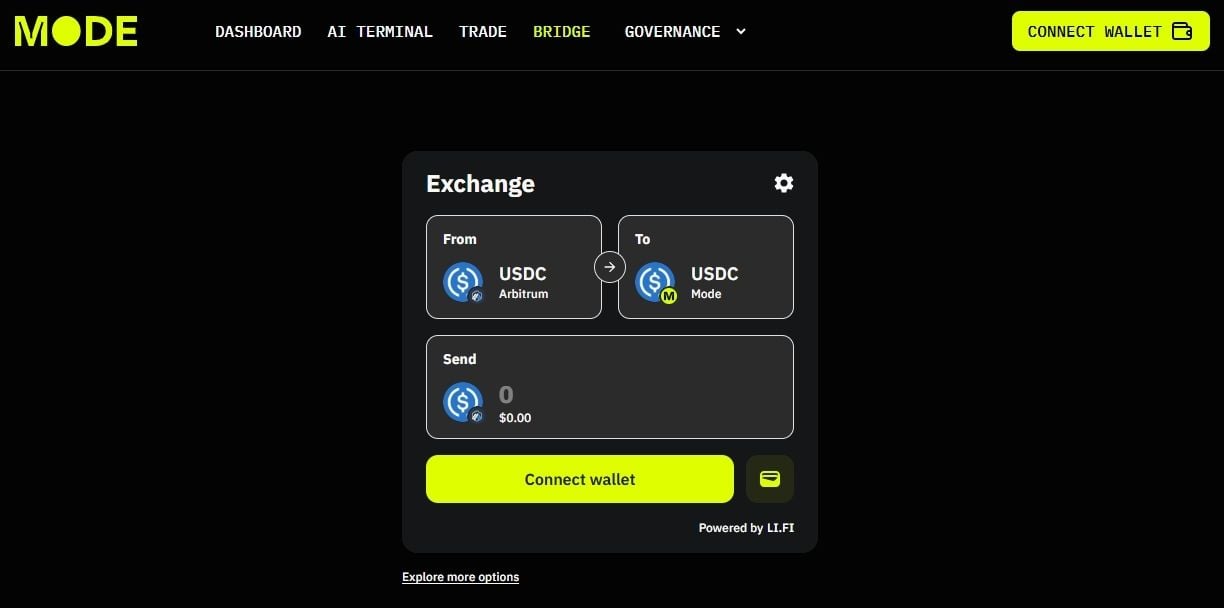
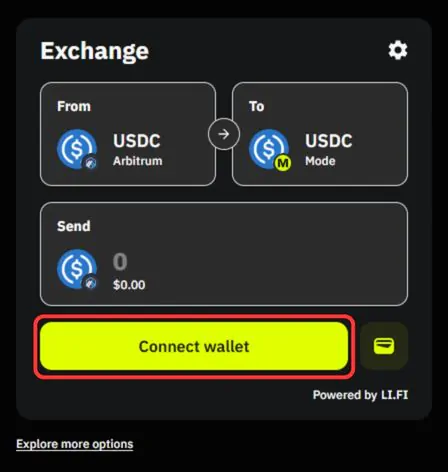

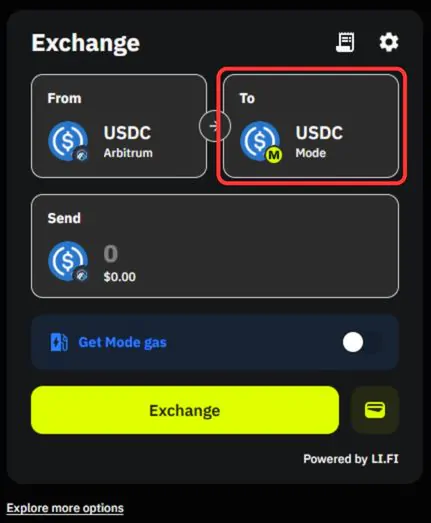
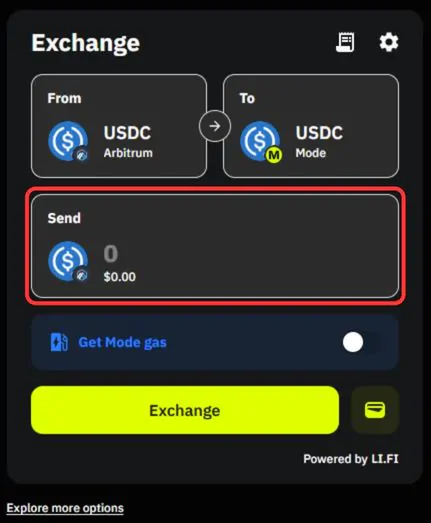
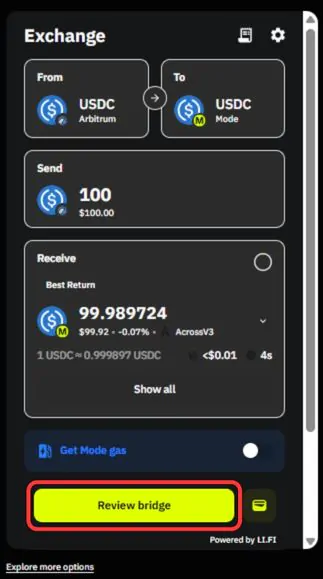
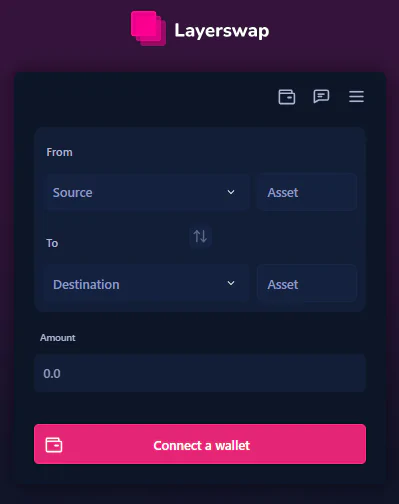
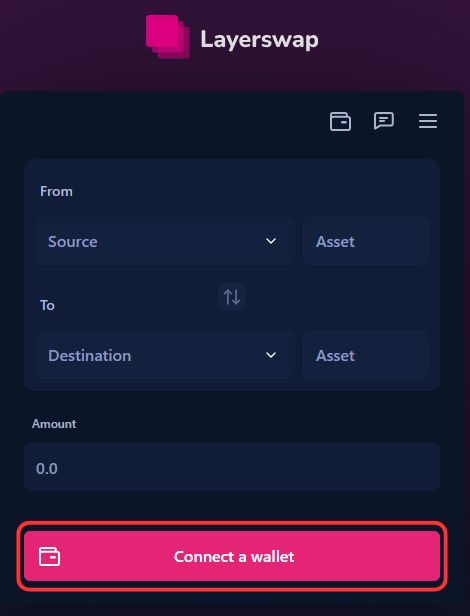
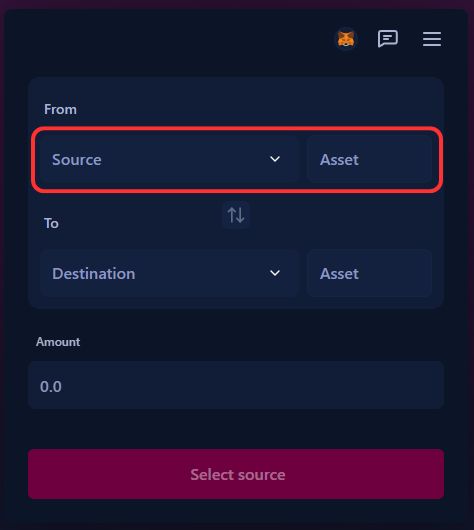
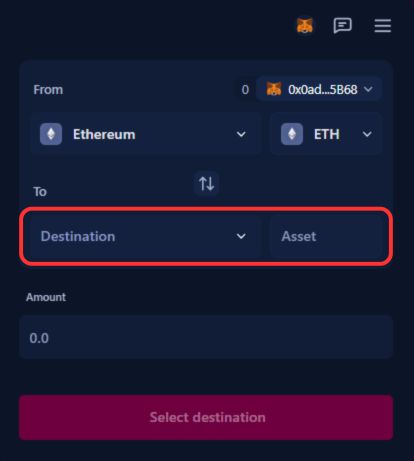
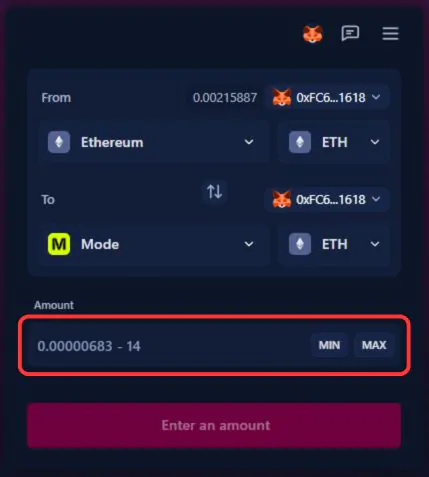


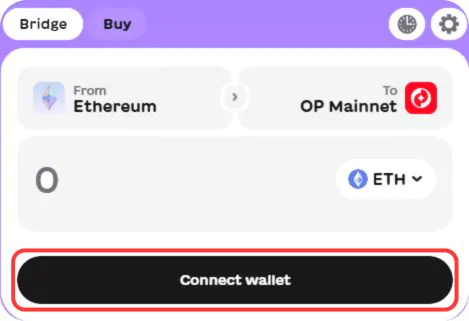
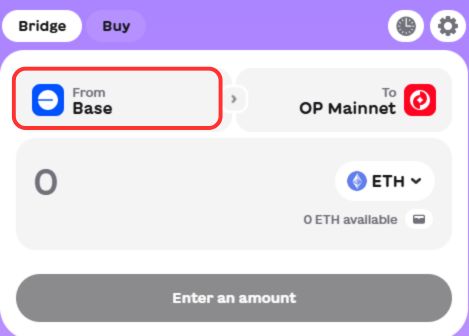
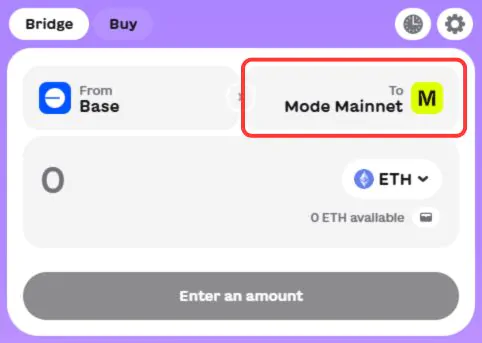
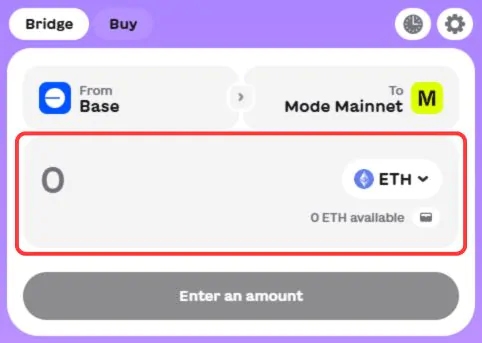
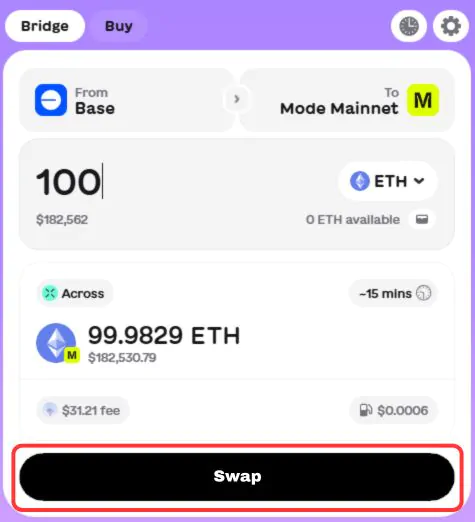
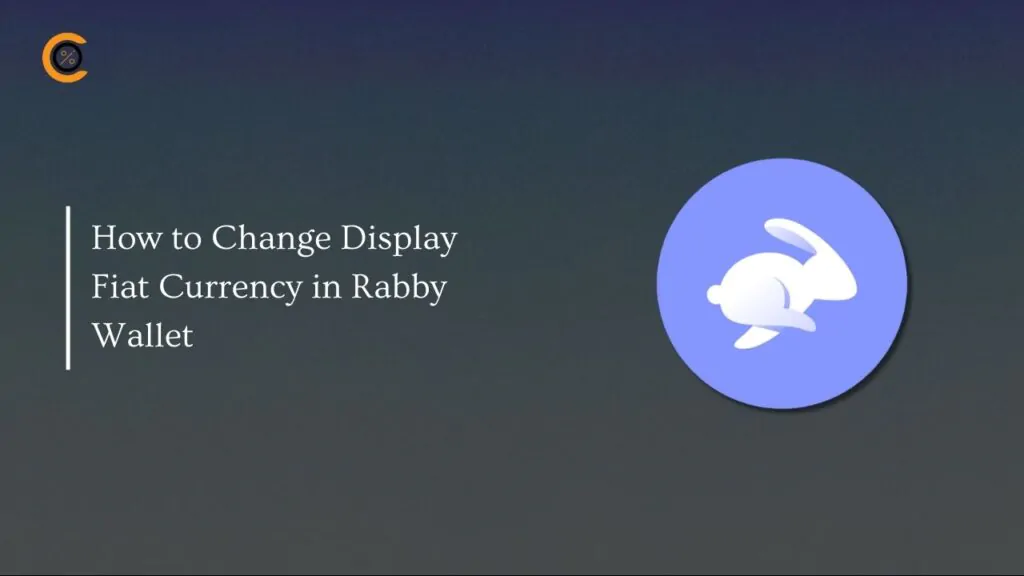
![How to Change Language in Rabby Wallet [2025 Guide]](https://www.cryptowinrate.com/wp-content/uploads/2025/12/How-to-Change-Language-in-Rabby-Wallet-2025-Guide-1024x576.jpg)

